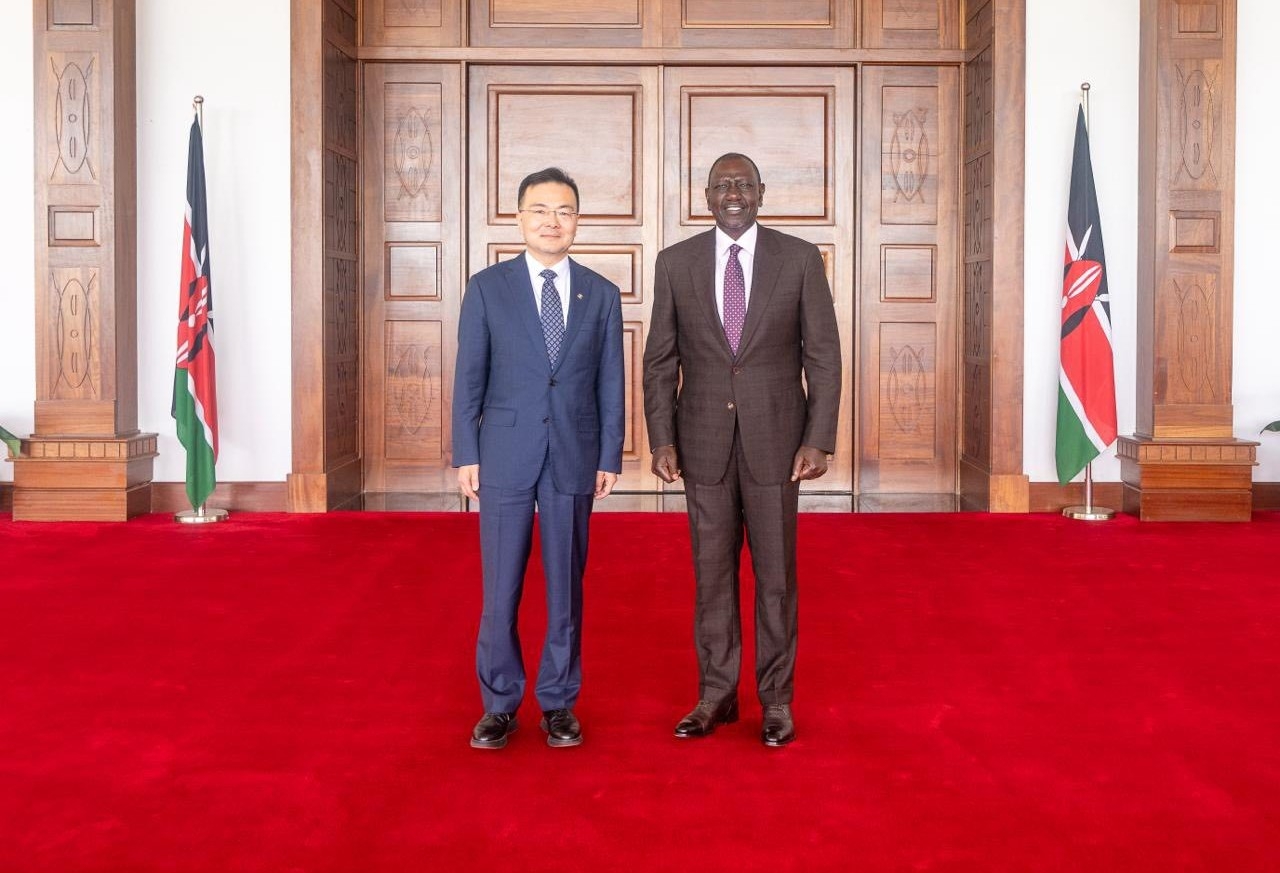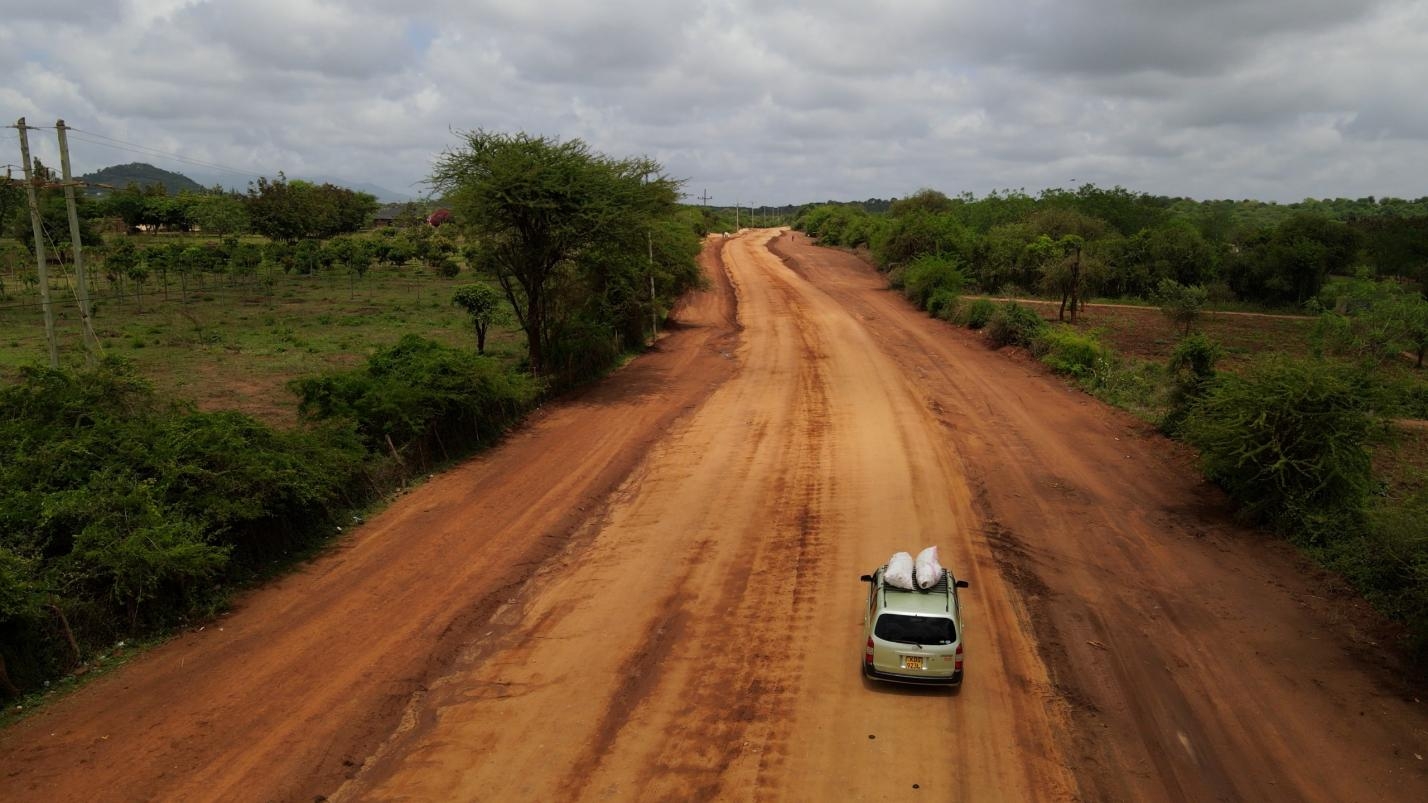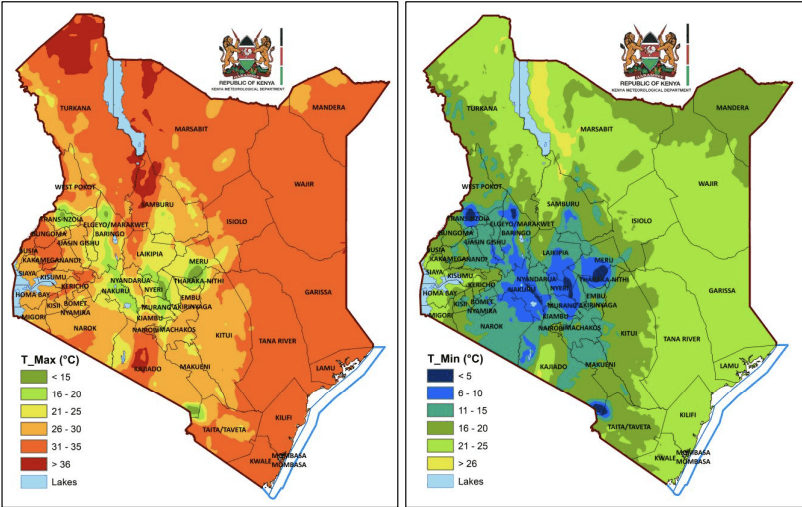The dwindling of indigenous fish species in Lake Kenyatta, Lamu county’s only fresh water lake, has raised concern.
The lake, which is also the largest in the county, is located in Mpeketoni in Lamu west, and has been a source of livelihood for hundreds of fishermen and locals.
The lake's Beach Management Unit chairperson Samuel Musyoka, said previously, the indigenous species were present in large numbers but have vanished over the last few years.
Fishermen have reported that over ten species - among them the eel locally known as mkunga, the mormyrus (ngorongoro), the nylon referred to locally as labeo, and milkfish (mborode) can no longer be found in the lake.
Also missing are the alestes (mchokole) and synodontis (sire).
Musyoka, who has been a fisherman at the lake for over 20 years, says only the tilapia, catfish and mudfish can be found.
In 2017, conservationists in the region went into a panic after the lake dried up completely, following a prolonged drought.
The situation subsequently destroyed the lake’s ecosystem and marine life.
“Since the drought, things have never been the same because it’s around that time that we noticed that over ten species of fish had vanished. They have never returned despite the rains. It's worrying,” Musyoka said.
Fisherman Cyrus Munyi says the situation has largely affected their livelihoods, as major fish types have disappeared. Over the last five years, the few species left have also been on a rapid decline.
“I started fishing here when I was only 22 years old. Those days, I would catch between 10 to 15 kilogrammes of fish in a single day, most of which were big-sized. Today, managing a mere 2 kilogrammes of fish in a day is no mean feat,” Munyi said.
Emmanuel Oketch,55, says he has been fishing at the lake since he was 25.
“I have gone from making Sh2,000 plus daily to Sh500 or less. You think about quitting but then you have no other source of livelihood but this one. Let them help us restore all the fish species back in the lake,” he said.
Oketch blamed climate change as a main contributor to the situation.
Lamu Senior Fisheries Officer and Fishing Expert Simon Komu attributed the situation to several factors, including general habitat and climate change.
“We currently do not have a management plan for the same which is a big challenge to the protection of the lake. Overfishing, overgrazing, siltation, improper agricultural practices around the lake among other factors have posed a severe threat to the survival of fish species in Lake Kenyatta,” Komu said.
He called for concerted efforts and especially the formation and implementation of a county management plan to help address the issue.
Komu said restocking was not possible due to overfishing, adding that the population cannot be replaced through natural reproduction. The numbers would continue to decline, he said.
Wetlands International, a global not-for-profit organisation dedicated to the conservation and restoration of marshland called for the protection of the lake.
The organisation's regional project officer, Lilian Nyaega, said besides being a source of water and the community's livelihoods, Lake Kenyatta is also a home for birds, aquatic and terrestrial species such as fish, reptiles and mammals, particularly hippopotamuses.
She expressed concern that the lake is under severe threat owing to a number of factors, mainly human-induced and climate change impacts.
Excessive extraction of water for irrigation, unsustainable fishing, encroachment and conversion of land in the buffer zone for agriculture were also negatively affecting the lake.
Nyaega observed that the lake is also impacted by overgrazing and sand harvesting, pollution and competition for its resources pitting farmers against pastoralists, and man against wildlife.
In February, through the facilitation of Wetlands International, the Lamu government brought together various key stakeholders from national agencies, county experts, Community Based Organisations (CBOs) and NGOs to formulate a road map towards saving the lake.
“As Wetlands, together with the county government, we’re spearheading Lake Kenyatta’s restoration. The roadmap addresses various legal, ecological, social and economic aspects and will accord an opportunity to different stakeholders to contribute to the restoration of Lake Kenyatta and its management into the future,” Nyaega said.
















